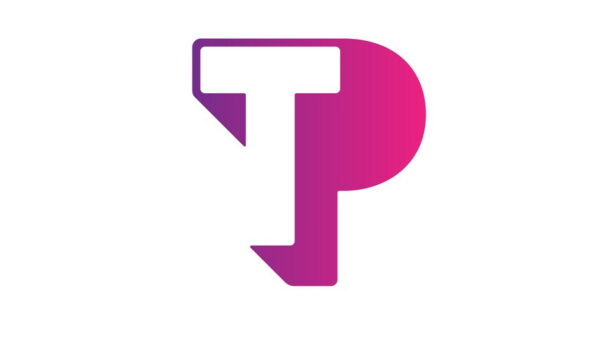The new “normal” is anything but typical. The old methods of attracting new employees and the usual provided benefits like dental or vision don’t have the same impact. Successful companies are adapting and changing their tactics to better snag and retain great employees.
Here are some pandemic-friendly, flexible strategies you can implement to attract new hires.
Flexible scheduling
With children’s school schedules changing in a blink, spouses bouncing from work to home, it’s generally accepted to expect the unexpected. Employees want the same consideration from the company they choose to work for.
Schedules are no longer static. When an employee needs to mix up their working days, whether to be around for the kids or for some other reason, flexible schedules help employees feel more autonomous and empowered in their role.
Remote work
People want to work remotely. Primarily for safety’s sake, or to be around for their kids who suddenly find themselves eLearning instead of heading off to school. Employees want to work for companies with remote work options, but not every employer understands how to keep these workers engaged, or how to manage them. Successfully managing a remote workforce will go a long way towards retaining star workers and keeping performance levels elevated.
For workers who prefer to stick it out at home, the right tools can make the transition from the office to remote work simple. Employee engagement tactics, like key performance indicators and clear communication outlets, enable workers to seamlessly transition from the office to home and back again as wants or needs change, without disruption.
Health upgrades
Strong insurance plans used to be the way to go, but workers need more than the usual vision and dental plans. In the age of Covid-19, employees want mental health care coverage and time-off; and employment prospects lean towards the companies offering these upgrades. Workers want the option to call, chat, or visit a mental health professional in person. Star companies keep employee mental health a top priority by informing employees of mental health options and available resources without stigma. The right cloud software lets managers continue to coach and communicate with their teams, whether in a hybrid work situation, 100 percent remote status, or in shared office space.
It pays to take a closer look at those employees working from home. Remote workers put in much longer hours to help “prove their worth.” No wonder 41 percent of employees feel burned out, according to an employee well-being study. Sucessful companies understand the importance of effective communication and creating a team-centered atmosphere, even if the whole team is remote. Using something as simple as gamification, like awards and badges, help team members feel less isolated and more in control. Healthy employees increase productivity, improve work performance, and bump up retention rates.
Be the company people want to work for
The best companies understand the need for flexibility, whether that applies to scheduling, remote work or strong mental health plans. CNBC reports almost 43 percent of workers wanting to maintain work from home status even after the pandemic. Prioritizing and implementing effective workforce management protocols and tools in place can help companies better attract, train and retain employees now and in years to come.

















































































































